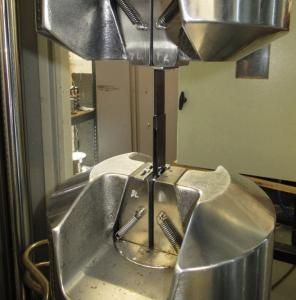De-risk assessment: Controlled Polymer Ablation CPA
Programme
GSTP
Programme Reference
G617-241TAgf
Prime Contractor
PLASMABOUND LTD
Start Date
End Date
Status
Closed
Country
Ireland

Objectives
• Demonstrate that Plasma Bound’s CPA technology is equal or better in bond performance (strength and reproducibility) against mechanical abrasion for monolithic bonding and against peel-ply for sandwich skin joining for CFRP materials.
Description
Background and justification:
•CPA has had success in terrestrial markets, but its key target markets are space and aerospace due to the large implication in cost to get payloads up, and in the advent of new space and a greener space, wanting some of the payloads and craft back down to earth and be reusable. Plasma Bound would see CPA as a key enabler to facilitate such a manufacturing shift in space activities. CPA would allow greater uptake of CFRP materials through the offer of a cost-effective process to reliability integrate CFRPs into assemblies, via adhesive bonding, a key barrier to the expanded use of CFRPs.
Achievements and status:
•Demonstrated the flexibility of the CPA process to prepared CFRP materials for adhesive bonding, and these joined materials can be assessed successfully using both A-scan and C-scan NDT/NDI solutions for bond integrity.
•Successfully demonstrated that CPA prepared CFRP surfaces are equal to, and in some situations outperforms, mechanical abrasion prepared surfaces for monolithic material for adhesive joining, and consistently outperform peel-ply in sandwich panel preparation.
•Demonstrate CPA provides a 7-day bonding window at minimum, outside of this activity Plasma Bound has demonstrated up to 22 days on CFRPs – no longer is shelf-life an issue of peeling or mechanical abrasion and operationally requiring bonding within a window of hours.
•BB showed the CPA technology can outperform the combination of mechanical abrasion and peel-ply, in scenarios of splice joints where both approaches are utilised, only CPA was applied for against the benchmarks.
Benefits:
•Plasma Bound CPA is tailorable to a considerablee range of applications as detailed in the technical documentation, where lightweight composites are need to be include in a design, CPA can support this integration. This flexibility makes CPA a platform solution, so no more different preparation process on a production floor, but it is also automatable, scalable and green as it uses no consumables (outside of compressed air and electricity) and offer considerably higher flexibility in the bond window.
Application Domain
GEN-Generic Technologies
Technology Domain
24 - Materials and Manufacturing Processes
Competence Domain
2-Structures, Mechanisms, Materials, Thermal
Initial TRL
TRL N/A
Target TRL
TRL N/A
Achieved TRL
TRL 4
Public Document
Final Presentation
Executive Summary
